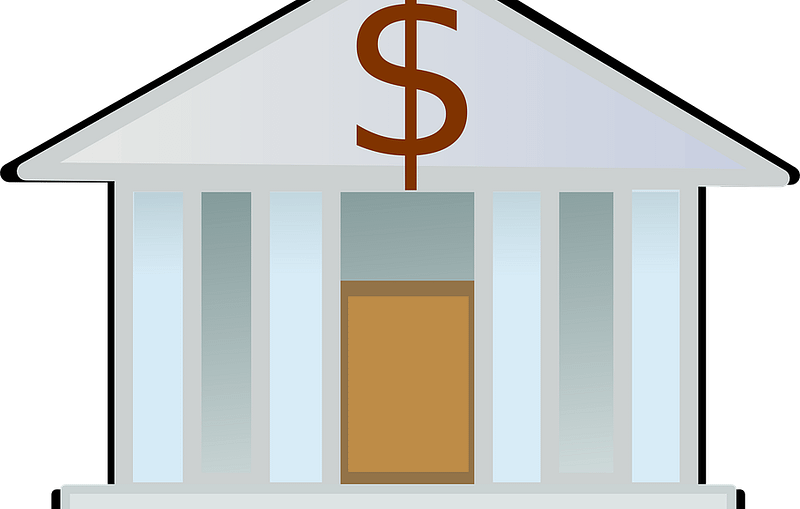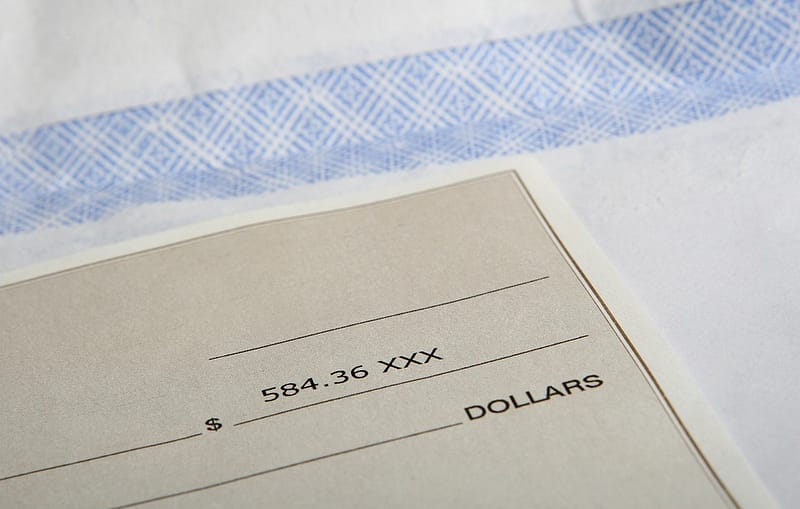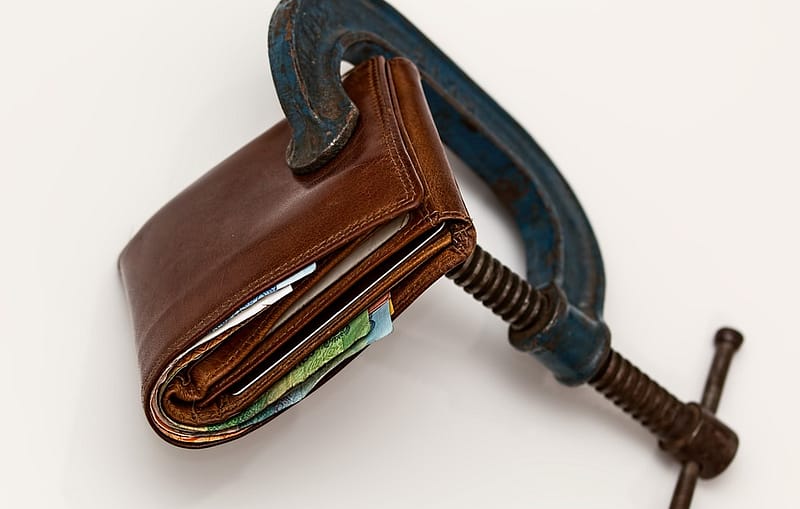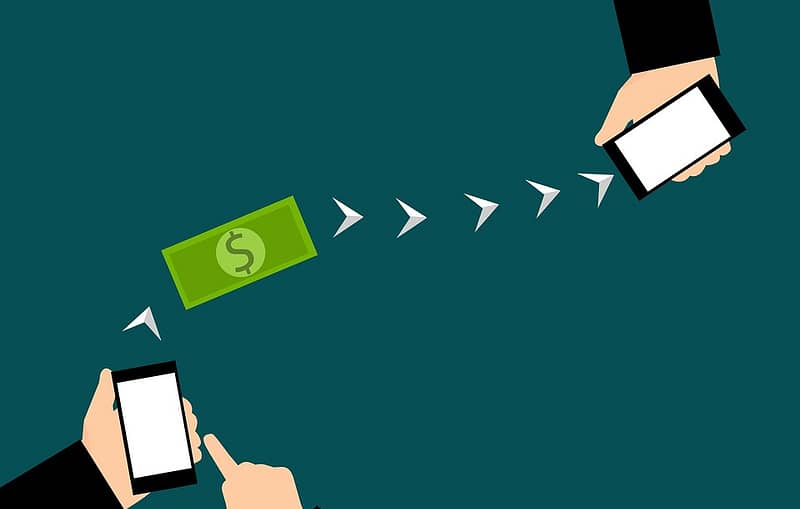Welfare, also known as social assistance, is a government-funded program that provides financial support to individuals and families in need. In British Columbia (BC), welfare is administered by the Ministry of Social Development and Poverty Reduction and is intended to provide a basic level of financial assistance to those who are unable to support themselves.…










